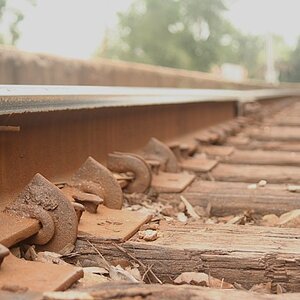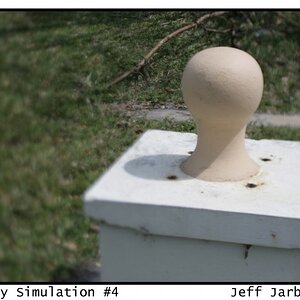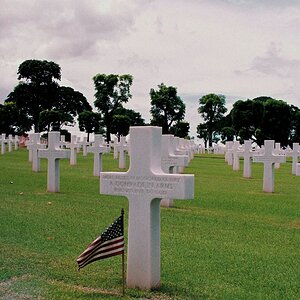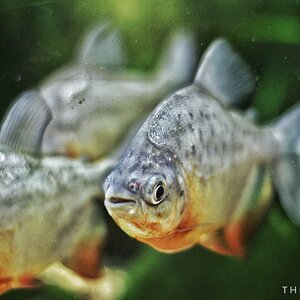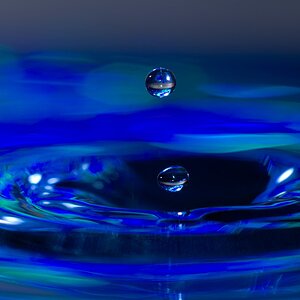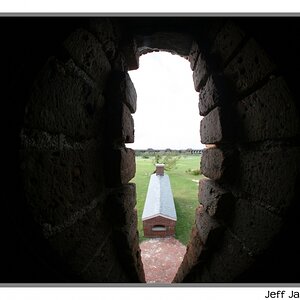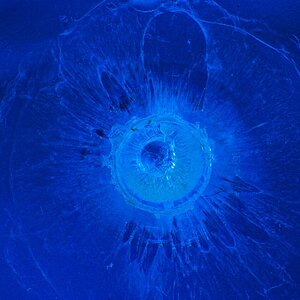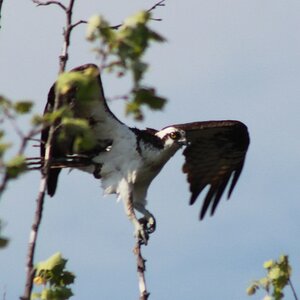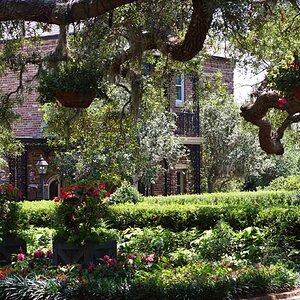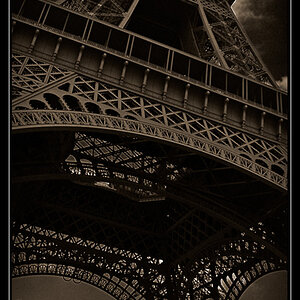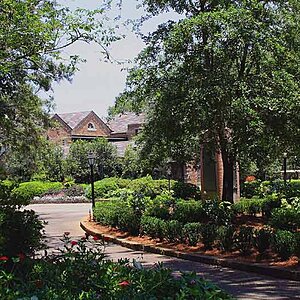JeremyHopper
TPF Noob!
- Joined
- Dec 12, 2006
- Messages
- 6
- Reaction score
- 0
Hi, I've been doing digital photography for a few years now and have gotten around the basics and all without many problems. I've been completely satisfied with my work up until recently where I've been paying more attention to detail because I'm going to be doing some landscape photography, mainly autumn and winter oriented shots.
I've noticed that when I take a picture with exposure metered to a foreground object, let's say a tree, the exposure is WAY off for brighter objects like the sky and such. When I take a picture metered for sky exposure then the foreground objects are really dark! I've read that this is dynamic range and that digital cameras have the lowest dynamic ranges of imaging equpiment, with the human eye having the most dynamic range. Does this mean I have to switch to film photography to get the shots I want? Here's some examples of what I mean:

In this shot, the trees are fine, but the sky is washed out.

In this shot, the sky looks great, but look how dark everything else is!

I know for a fact that this picture was taken on film, and I know that my camera would not be able to take this picture. Number 1, either the sky would be washed out or the ground would be too dark, and Number 2, I wouldn't be able to get the right exposure. (see below)
I've found that when I change a stop in exposure trying to get it right it's very drastic. It makes it impossible to get the correct exposure. I've also heard that changing a stop on a film camera is not as drastic. Do I need a better camera? Is my metering system out of whack? I'm using an Olympus E-500 with 8 MP. Could shooting in RAW format help in any way? Any help would be greatly appreciated. If you guys need any more information just ask. Thanks!
I've noticed that when I take a picture with exposure metered to a foreground object, let's say a tree, the exposure is WAY off for brighter objects like the sky and such. When I take a picture metered for sky exposure then the foreground objects are really dark! I've read that this is dynamic range and that digital cameras have the lowest dynamic ranges of imaging equpiment, with the human eye having the most dynamic range. Does this mean I have to switch to film photography to get the shots I want? Here's some examples of what I mean:

In this shot, the trees are fine, but the sky is washed out.

In this shot, the sky looks great, but look how dark everything else is!

I know for a fact that this picture was taken on film, and I know that my camera would not be able to take this picture. Number 1, either the sky would be washed out or the ground would be too dark, and Number 2, I wouldn't be able to get the right exposure. (see below)
I've found that when I change a stop in exposure trying to get it right it's very drastic. It makes it impossible to get the correct exposure. I've also heard that changing a stop on a film camera is not as drastic. Do I need a better camera? Is my metering system out of whack? I'm using an Olympus E-500 with 8 MP. Could shooting in RAW format help in any way? Any help would be greatly appreciated. If you guys need any more information just ask. Thanks!


